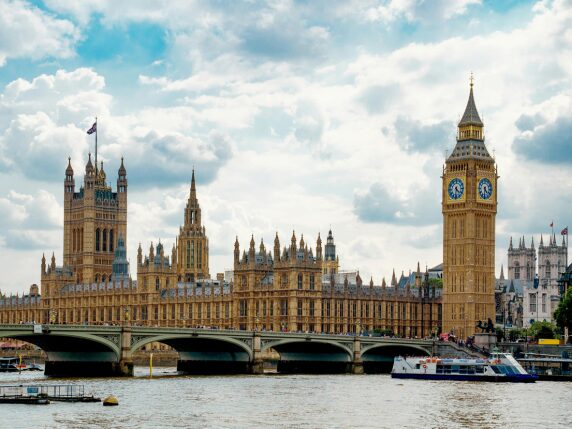As part of its response to the Second Consultation on the proposed Intellectual Property Office’s (IPO’s) digital transformation, the Government has confirmed that series trade marks will be discontinued for new applicants.
In this article our trade mark solicitors explain the changes and help you understand what they mean for your business’s brand protection strategy.
What are series marks?
As things stand, brand owners can seek trade mark protection for up to six similar trade marks in one single application. Series trade marks are only offered by a few countries worldwide, of which the UK is one. Series marks represent roughly 10% of UK trade mark applications.
To qualify for registration as a series mark, the proposed marks must be very similar to each other, for example, identical logos in different colourways or marks with very minor variations in spelling. For more information on what can qualify for a series trade mark read our series trade mark application guide.
Why is the Government abolishing series marks?
Despite many respondents to the consultation being in favour of maintaining series marks, the Government decided that the current use of the series marks regime was driven primarily by its availability rather than any particular need. It concluded that series marks offered brand owners few practical benefits and served mainly to complicate the application process and increase costs.
The primary perceived benefit of series marks is value for money since brand owners can protect up to six variants of a mark in one application. However, the IPO is strict with its interpretation of the requirements for a valid series mark, with even apparently minor differences between the marks proving fatal to many applications. For example, while wishing to protect a logo in different colourways is often cited as a justifiable reason for seeking a series mark, an application containing different coloured logos might be rejected if those changes result in the marks giving a different overall impression. IPO figures suggest that 17% of series mark applications made by IP professionals are rejected, with that figure more than doubling to 39% for applications made by unrepresented applicants.
Taking into account respondents’ beliefs that the service marks regime does offer some benefits, particularly to SMEs, the Government has expressed its intention to monitor trade mark applications following the change to assess its impact.
What do the changes mean for your business?
If you already own a series mark, the changes have no impact on its validity or enforceability since they only apply to new applications. For anyone else, the Government’s decision to abolish series marks might seem disappointing. On the face of it, allowing brand owners to seek protection for up to six marks under one application has several notable benefits, including cost-efficiency, administrative ease, and flexibility if the applicant hasn’t decided which variant of their branding they wish to use.
Commenting on the changes, Ben Evans, Head of Harper James’ Trade Marks team, said:
In my experience, the IPO’s somewhat rigid approach to series mark applications means the permitted differences between the marks comprised in a series are so minor that a single trade mark would often provide protection for them all, often at a lower cost given the complexities of the series mark application process and high rejection rates.
The important thing is to take professional advice from a trade mark lawyer before filing any applications, to ensure you are protecting your brand in the strongest possible way. This may, or may not, be a series mark.
There are certainly some situations in which filing a series mark makes sense. If you believe your branding might qualify, you must act quickly to obtain your registration before the changes come into force, which is currently expected to be sometime in 2026.







